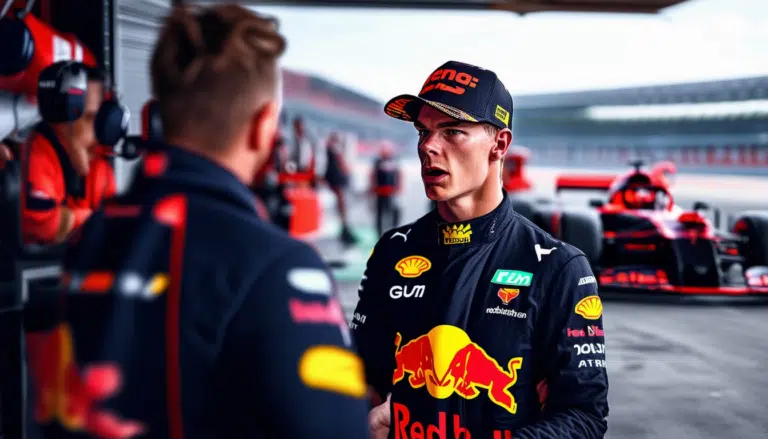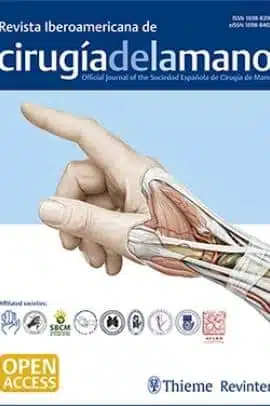The Dakar’s search for equality of engines in the automotive category

The Dakar Rally, considered one of the most extreme motorsport challenges, is headed towards engine equality in its top category, T1 Ultimate. With the aim of ensuring fair competition among vehicles of various engine concepts, the FIA is implementing new performance control methods for the 2025 edition. In this context, iconic brands such as Dacia, Toyota, Ford, Mini, and Century are presenting technological innovations in their engines, promising a spectacle of power and strategy on the desert terrain.
The Dakar Rally, the most challenging motorsport competition in the world, embarks on a journey towards engine equality in its automotive category. The introduction of new regulations, such as the use of a torque meter to regulate engine torque, reflects the competition’s commitment to creating a level playing field among different engine concepts. This effort focuses on the T1 Ultimate class, where vehicles with turbocharged and atmospheric engines will gather. Below, we will explore how the challenges of this quest for technical equality are being addressed.
The Diversity of Engines in Dakar 2025
In the 47th edition of the Dakar, fans will be able to observe the competition of a varied range of cars that stand out for their different engine concepts. From the Dacia Sandrider to the new Ford Raptor, the T1 Ultimate class will be a showcase of mechanical innovation. The vehicles feature everything from biturbo V6 engines, like those of the Dacia Sandrider and the Toyota Hilux, to the V8 Coyote Darkhorse of the Ford Raptor.
These differences in engine design have compelled the FIA to implement rigorous measures to equalize performance and allow for fair competition.
Performance Balance Control Methods
The key to achieving this equality lies in the use of a torque meter, which allows for the measurement and monitoring of engine torque in real-time. This device is connected to the car’s transmission and sends information to the FIA’s data logger. Previously, regulation was based on controlling turbocharger pressure and using airflow limiters. However, the new approach with the torque meter seeks greater precision and effectiveness.
Regulations and Penalties
The regulations for 2025 stipulate that the torque meter is mandatory for T1 vehicles driven by Platinum or Gold pilots. Before the start of the season, a specific engine torque curve is defined for each vehicle, ensuring that all compete under the same conditions.
Any infringement of these parameters is penalized, accounting for each section. Penalties range from ten seconds for a single infraction to ten minutes for more than ten infractions. This strict policy maintains control over performance and guarantees that no team gains an unfair advantage.
Margin of Maneuver and Tolerances
However, certain tolerances have been agreed upon with the FIA to give teams some margin of maneuver in exceptional situations, such as when peak speed is reached during a jump. These measures ensure that the regulation is flexible and fair, adapting to the unpredictable conditions of the Dakar terrain.
Challenges and Reflections in the Motorsport World
The Dakar’s commitment to engine equality represents a significant technical and organizational challenge, but also an opportunity to reflect on the future of motorsport. The pursuit of a competitive balance could influence other competitions, fostering an environment where driving skill and strategy are as crucial as the machinery used.
At a critical moment for the industry, marked by innovation and sustainability, this focus on equality resonates with broader aspirations for equity both within and outside the circuit. As the automotive world advances, the Dakar leads this transformation, setting precedents and bringing discussions about the future of motors in competition.
For more readings on these fascinating topics in the automotive industry, you can explore the following links: Decoding: Carlos Tavares, Verstappen warns Red Bull.
Final Reflections on Engine Equality in Dakar
The evolution towards engine equality in the Dakar automotive category has become a crucial topic, not only for current competitions but also for the future sustainability of the sport. This quest for fairness in mechanical performance symbolizes a significant commitment from the FIA, whose objective is to offer a fairer and more thrilling competition for teams and spectators alike.
With the introduction of technologies such as the torque meter, a precedent has been established for measuring and adjusting the engine torque curves of each vehicle, allowing for precise control that levels the playing field among different powertrain concepts. This mechanism not only ensures that cars with turbocharged and atmospheric engines compete under similar conditions, but also challenges teams to innovate within a defined regulatory framework.
The new penalty regulations, with punishment times based on the number of infractions, underscore a firm stance on respecting the established limits while still providing some leeway for teams in exceptional cases. This balance, between firmness and flexibility, ensures that the races maintain their competitive integrity without stifling the creativity and ingenuity of the participants.
Ultimately, the Dakar’s pursuit of engine equality is not merely a technical or competitive issue, but also a reflection of the rally spirit: to challenge the impossible and constantly innovate. In a world where technology is advancing at a rapid pace, Dakar positions itself as a true proving ground, a laboratory where the ancient art of racing converges with the future of motorsport.
On this journey towards equality, the FIA and participating teams not only offer thrilling races but also build a narrative of progress and fairness that resonates deeply within the global motorsport community.




